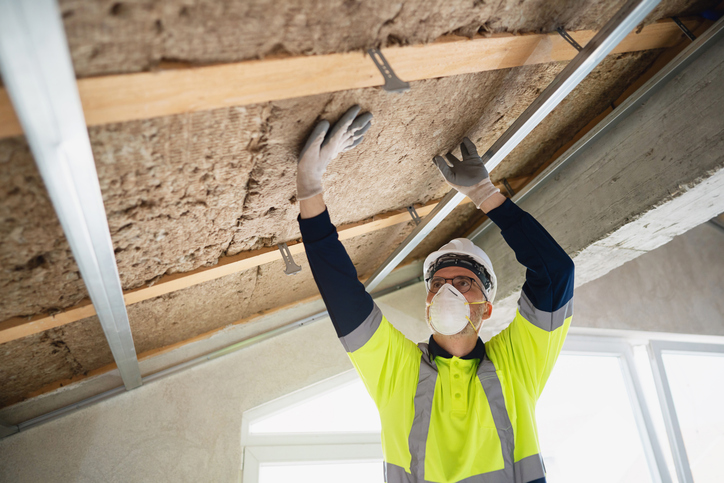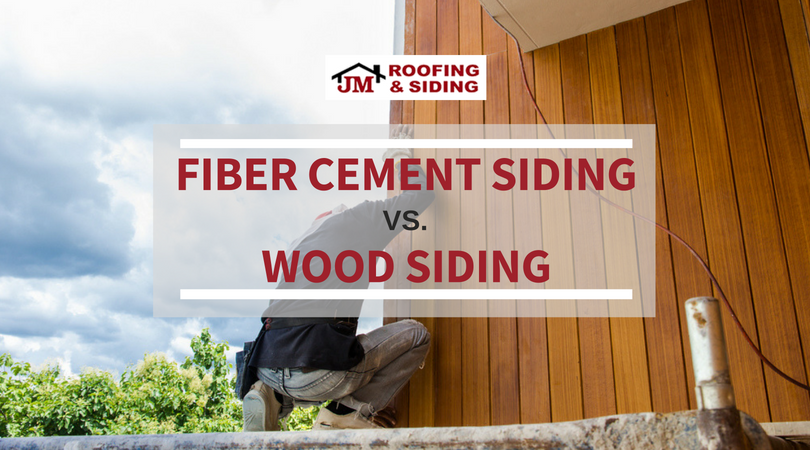Fiber Cement Siding vs. Wood Siding: Everything You Need to Know

Fiber Cement Siding vs. Wood Siding: Everything You Need to Know
June 7, 2018
Adding siding to your home is one of the most cost-effective improvements you can make. Plus, it immediately increases your curb appeal, which makes pulling into your driveway a lot nicer.
But, when it comes to choosing what kind of siding to buy, how do you decide? In this blog, we’ll discuss the difference between wood and fiber cement siding and all the pros and cons they both have to offer.
Wood Siding: Traditional Look and Feel with Various Siding Materials
Wood siding is a classic design choice with a variety of different materials including, cypress, pine, pine, spruce, and cedar. Thanks to these options, homeowners can make their home look clean and traditional or go the more modern route.
Pros and Cons:
- Pro: Wood siding is durable and can last for decades with proper care.
- Pro: You can customize wood siding since its such a pliable material.
- Con: Wood siding requires constant maintenance, including paint or preservative treatments.
- Con: While some options can be inexpensive, you can easily cross the line with installation and maintenance costs.
Fiber Cement Siding: A Modern and Durable Alternative for Siding Installation
Fiber cement siding is a complex material made up of wood fiber, sand, clay, and cement. And although you may picture a more grey, modern look — fiber cement siding can take on a variety of appearances, including wood, making it a great choice for any home renovation.
Pros and Cons:
- Pro: Fiber cement siding is resistant to many things including insects, fungus, and UV damage (making maintenance super easy!).
- Pro: It can last for years to come! It’s also resistant to fire, making it more durable than any other material (and eco-friendly).
- Con: Installing fiber cement siding isn’t something you can do on your own — you need to hire a professional, and the cost can rise.
- Con: The upfront cost of this material tends to turn homeowners away, however, it has low maintenance costs overall, which can help offset this price.
Upgrade Your Home with Fiber Cement Siding to Enhance Durability, Energy Efficiency and Property Value
At JM Roofing and Siding, the siding we install will protect your home, save energy, improve the appearance and enhance the value of your property. We replace worn out or damaged exteriors. We install naturally durable cedar and fiber cement, one of the highest quality materials with the longest warranty.
Call us today for a FREE estimate for any siding service!
FAQ About Fiber Cement Siding
What is fiber cement siding?
Fiber cement siding is a durable and low-maintenance material made from a mix of wood fibers, sand, clay, and cement. It’s a popular siding option due to its resistance to fire, insects, and rot. Fiber-cement siding can be designed to look like wood siding, vinyl siding, or even stucco, making it a versatile option for any homeowner’s exterior.
What are the downsides of fiber cement siding?
While fiber cement siding offers many benefits, there are a few downsides. It can be more expensive than traditional siding materials like vinyl or wood siding. Additionally, installing fiber cement siding requires a professional installer due to the material’s weight and difficulty in handling. Cutting fiber cement siding also generates dust, which requires special safety precautions. Lastly, fiber cement requires regular maintenance to ensure its durability, such as caulking and checking for chips.
How long will fiber cement siding last?
Fiber cement siding can last up to 50 years with proper maintenance, making it one of the most durable siding materials available. Its longevity, resistance to weather conditions, and low maintenance make it a great long-term investment for your home’s exterior.
Is Hardiflex a fiber cement board?
Yes, Hardiflex is a brand of fiber cement board. Hardiflex is manufactured by James Hardie, a leading producer of fiber-cement siding products. It’s often used for exterior cladding and is known for its strength, fire resistance, and durability.
Is fiber cement siding waterproof?
Fiber cement siding is water-resistant, but not completely waterproof. While it can withstand rain and moisture, prolonged exposure to water can cause damage over time if not properly installed or maintained. Ensuring proper siding installation and using a quality caulk can help protect against water infiltration.
Is fiber cement siding expensive?
Yes, fiber cement siding tends to be more expensive upfront than other siding options like vinyl or wood. However, the higher initial cost is often offset by the long lifespan and low maintenance requirements of fiber cement, making it a cost-effective choice in the long run.
What are the benefits of fiber cement?
Fiber cement offers numerous benefits, including durability, fire resistance, and low-maintenance care. It resists rot, insects, and damage from UV rays, making it a long-lasting option for homeowners. Additionally, fiber cement siding is available in a variety of styles, colors, and textures to suit any design preference.
Is fiber cement siding termite-proof?
Yes, fiber cement siding is resistant to termites. Unlike wood siding, which can be a target for termites and other pests, fiber cement siding does not attract insects and is highly durable against pest infestations.
What are the problems with fiber cement?
Some problems with fiber cement siding include the higher upfront cost compared to vinyl or wood, the difficulty of installation requiring a professional installer, and the dust generated when cutting the material. Additionally, improper installation or lack of maintenance can lead to issues such as peeling, cracking, or rot at the edges.
Recent News

The Best Time to Schedule Roof Repairs: Why Autumn Is Not Too Late
November 20, 2025
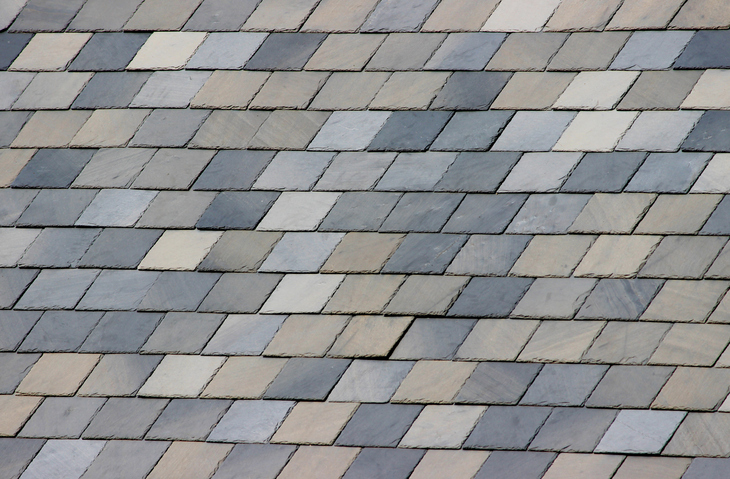
Common Signs Your Slate Roof Needs Repair
November 18, 2025

How to Maintain Your Gutters Year-Round & Avoid Water Damage
November 13, 2025
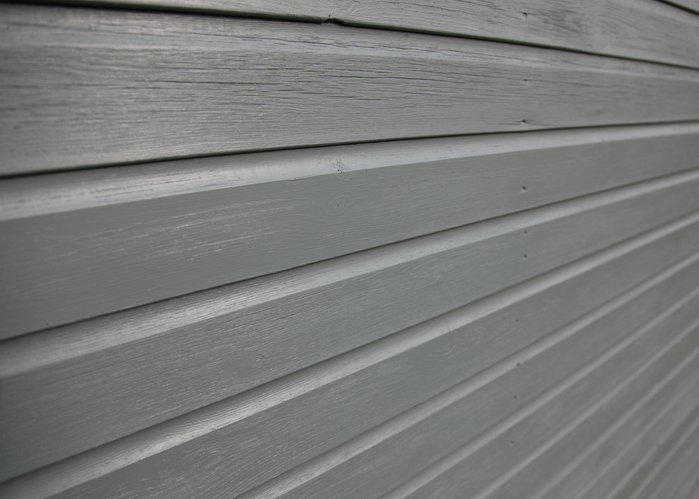
How New Siding Can Increase Your Home’s Value & Energy Efficiency
November 5, 2025
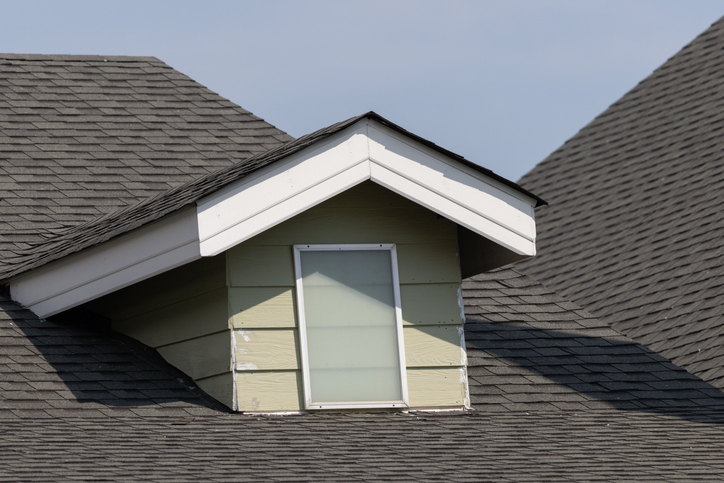
How Weather in Fairfield County Affects Your Asphalt Roof & What You Can Do About It
October 30, 2025
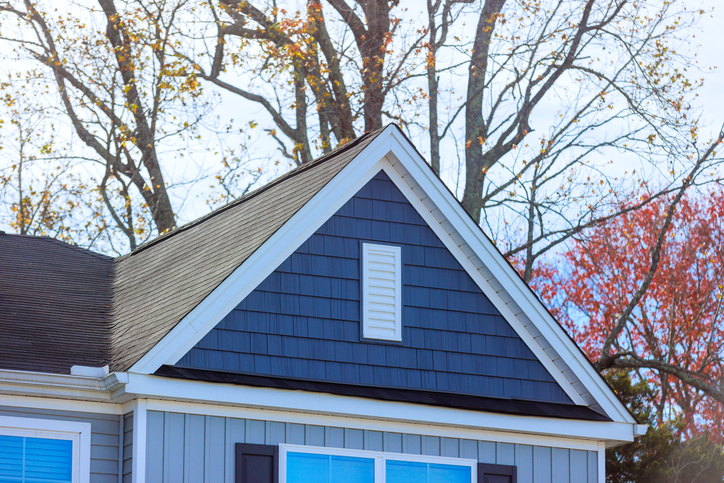
Color Trends in Siding
October 2, 2025
